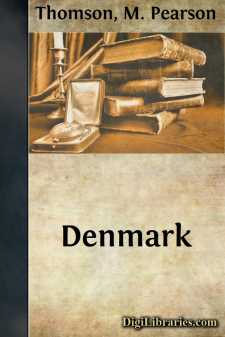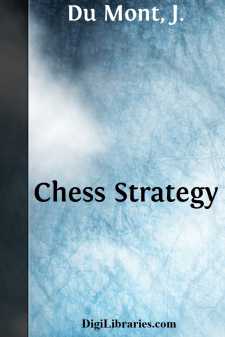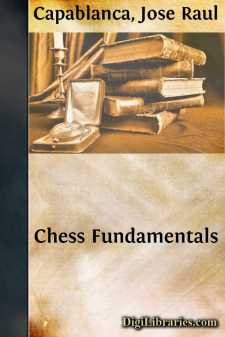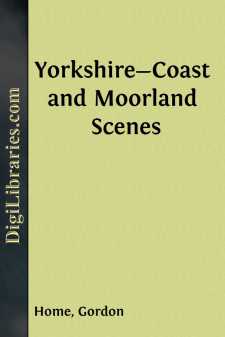Categories
- Antiques & Collectibles 13
- Architecture 36
- Art 48
- Bibles 22
- Biography & Autobiography 813
- Body, Mind & Spirit 142
- Business & Economics 28
- Children's Books 15
- Children's Fiction 12
- Computers 4
- Cooking 94
- Crafts & Hobbies 4
- Drama 346
- Education 46
- Family & Relationships 57
- Fiction 11829
- Games 19
- Gardening 17
- Health & Fitness 34
- History 1377
- House & Home 1
- Humor 147
- Juvenile Fiction 1873
- Juvenile Nonfiction 202
- Language Arts & Disciplines 88
- Law 16
- Literary Collections 686
- Literary Criticism 179
- Mathematics 13
- Medical 41
- Music 40
- Nature 179
- Non-Classifiable 1768
- Performing Arts 7
- Periodicals 1453
- Philosophy 64
- Photography 2
- Poetry 896
- Political Science 203
- Psychology 42
- Reference 154
- Religion 513
- Science 126
- Self-Help 84
- Social Science 81
- Sports & Recreation 34
- Study Aids 3
- Technology & Engineering 59
- Transportation 23
- Travel 463
- True Crime 29
Denmark
Description:
Excerpt
Copenhagen, the metropolis of Denmark, is a large and flourishing city, with all the modern improvements of a commercial capital. It has an atmosphere of its own, an atmosphere of friendliness and gaiety, particularly appreciated by English people, who in "Merry Copenhagen" always feel themselves at home.
The approach to this fine city from the North by the Cattegat is very charming. Sailing through the Sound, you come upon this "Athens of the North" at its most impressive point, where the narrow stretch of water which divides Sweden and Denmark lies like a silvery blue ribbon between the two countries, joining the Cattegat to the Baltic Sea. In summer the sparkling, blue Sound, of which the Danes are so justly proud, is alive with traffic of all kinds. Hundreds of steamers pass to and from the North Sea and Baltic, carrying their passengers and freights from Russia, Germany, Finland, and Sweden, to the whole world. In olden times Denmark exacted toll from these passing ships, which the nations found irksome, but the Danes most profitable. This "Sundtold" was abolished finally at the wish of the different nations using this "King's highway," who combined to pay a large lump sum to Denmark, in order that their ships might sail through the Sound without this annoyance in future.
Kronborg Castle, whose salute demanded this toll in olden days, still rears its stately pinnacles against the blue sky, and looking towards the old fortress of Kjärnan, on the Swedish coast, seems to say, "Our glory is of a bygone day, and in the land of memories."
Elsinore, the ancient town which surrounds this castle, is well known to English and American tourists as the supposed burial-place of Hamlet, the Prince of Denmark immortalized by Shakespeare. Kronborg Castle is interesting to us, in addition, as being the place where Anne of Denmark was married by proxy to James I. of England. Here, also, the "Queen of Tears," Caroline Matilda, sister of George III., spent some unhappy months in prison, gazing sadly over the Sound, waiting for the English ships to come and deliver her.
We pass up the Sound viewing the luxuriant cool green beech-woods of Denmark, and the pretty fishing villages lying in the foreground. Villas with charming gardens—their tiny rickety landing-stages, bathing sheds, and tethered boats, adding fascination to the homely scene—seem to welcome us to this land of fairy tales and the home of Hans Andersen.
The many towers and pinnacles of Copenhagen, with the golden dome of the Marble Church, flash a welcome as we steam into the magnificent harbour of this singularly well-favoured city. Here she stands, this "Queen of the North," as a gracious sentinel bowing acquiescence to the passing ships as they glide in and out of the Baltic. The broad quays are splendidly built, lined with fine warehouses, and present a busy scene of commercial activity. The warships lying at their moorings in the Sound denote that this is the station of the fleet; here also we see the country's only fortress—the formidable bulwarks which surround the harbour.
Kjöbenhavn in Danish means "merchants' harbour," and as early as the eleventh century it was a trading centre for foreign merchants attracted by the rich supply of herrings found by the Danish fishermen in the Baltic....












